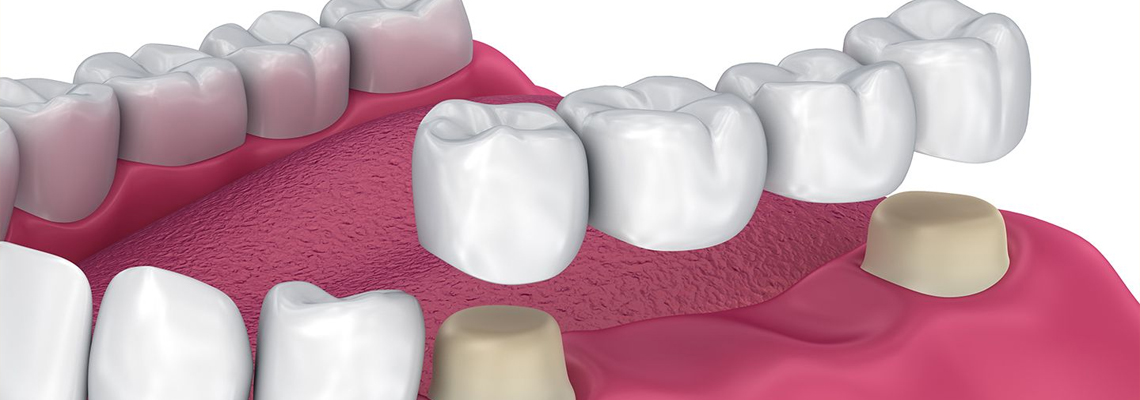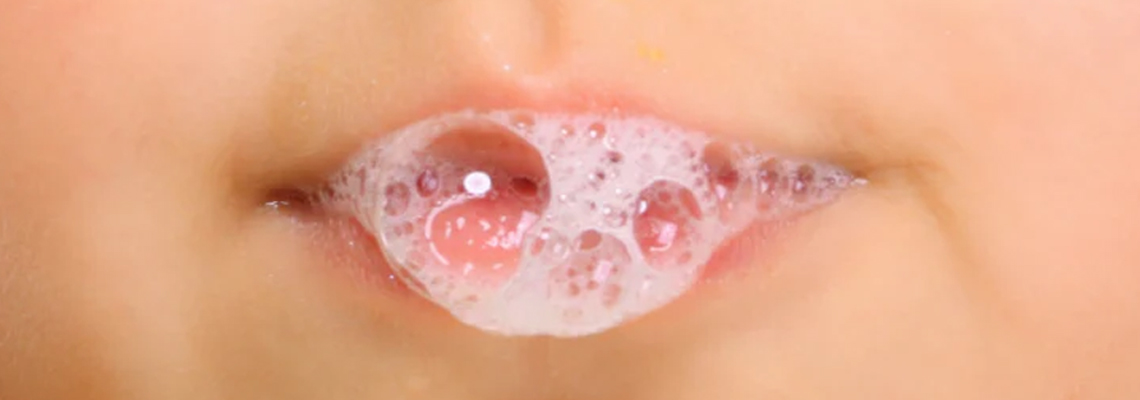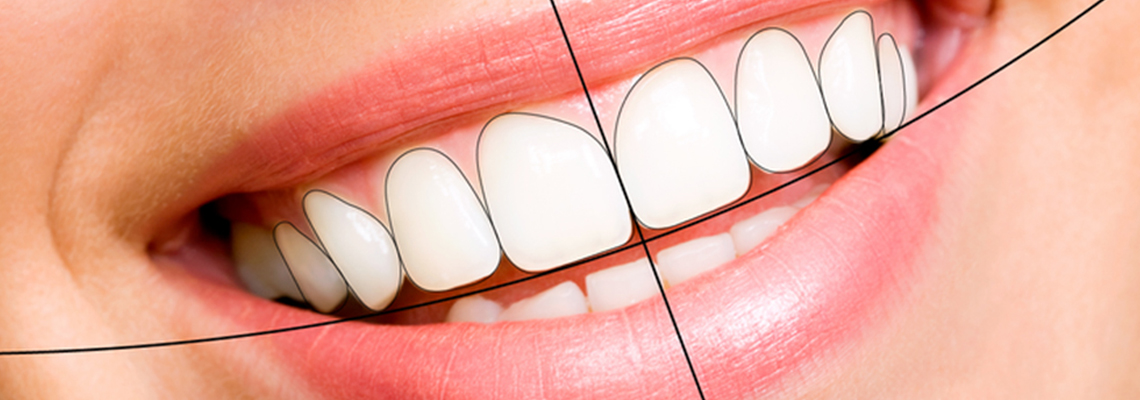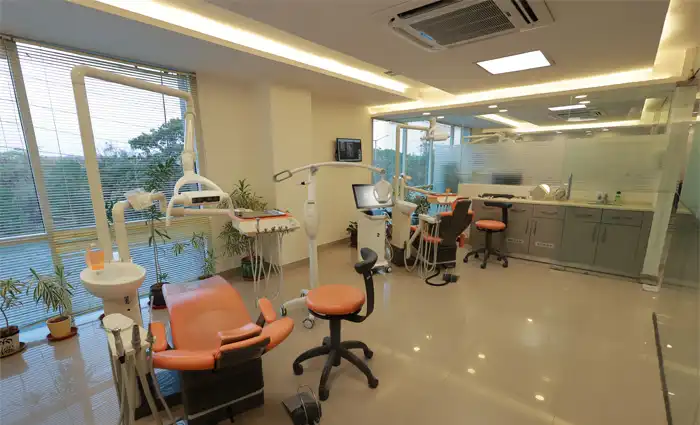It’s never good to have a hole in your smile. It hurts how you look, how you eat, how you talk, and your general sense of confidence and well-being. Let the Dr. Motiwala Dental Clinic and Implant Centre help you get your smile where you want it to be.
A missing tooth or teeth can also make your mouth hurt and throw off the way you bite. If you don’t have a full set of teeth, your other teeth tend to move into the empty spot. This can be very uncomfortable and can lead to bigger headaches and TMJ/TMD problems.
Your dentist can tell you how each tooth affects your health and daily life, and how dental bridges can fix your smile and make your teeth work again.
Types of Bridges
Your dentist may suggest one of three popular types of dental bridges, depending on what you need. The way each type of bridge is put together and held together is what makes them different.
The replacement tooth or teeth are the most important part of a bridge. Today, these are generally made of high-quality porcelain and work just as well as natural teeth in daily tasks like eating, talking, and smiling.
Bridges hold your false tooth or teeth in place by using the teeth on either side. Sometimes a cap or two is put on one or more of these nearby teeth, and sometimes not. These teeth next to each other are very important. They are called bridge teeth. How many support teeth your bridge has will determine what kind of bridge you get.
- A standard bridge is held up by two nearby teeth that each have a crown on them. Between the two crowns, your fake tooth is held in place. Most bridges are the traditional kind.
- Cantilever bridges aren’t used as often, but they can be used when there is only one tooth next to the space where the removed tooth used to be. Like a standard bridge, a cantilever bridge has a crown on the abutment tooth that is bonded to the false tooth to hold it in place.
- The teeth on either side of a Maryland bridge don’t have caps. This bridge is held up by metal wings on the side of the fake tooth that are bonded to the teeth next to it.
Bridges vs. Dentures vs. Implants
Bridges, dentures, and implants are all ways to replace missing teeth. You may be wondering how they are different. “Fixed” tooth restorations, like bridges and implants, can’t be taken out. Dentures are usually removable.
Most of the time, dental bridges are also less expensive than implants, and they can look just like real teeth. Bridges are a good choice if the teeth next to the gap would need crowns anyway or if the gap has been there for a long time. Not every patient is a good choice for implants, which require a very healthy jawbone and gums to put in false tooth roots.
How to Get a Bridge
To get your mouth ready for a bridge, the doctor will clean and shape the tooth or teeth that will support the bridge. The support teeth are necessary for the bridge to stay in place and work well. Once you have a bridge, it needs to be cleaned and looked for just like your other teeth: brush twice a day, floss once a day, and come see us twice a year. Contact us at Dr. Motiwala Dental Clinic & Implant Centre right away to set up an appointment if you want to fix and improve your smile.
Are You Looking For Dental Implants
Click on the links below to learn more about the approximately $50,000 savings option for Dr. Motiwala’s packages.
- Full mouth dental implants & Cost of Treatment
- Smile Makeover & Cost of Treatment
- Watch 100’s of Testimonials from our International Patients
Make An Appointment!
Please contact us if you have dental difficulties or are interested to know about dental implants and how they might improve your smile. Dr. Motiwala Dental Clinic & Implant Center may be reached at +91 99596 14584. You can also Contact Us by clicking the banner below.























